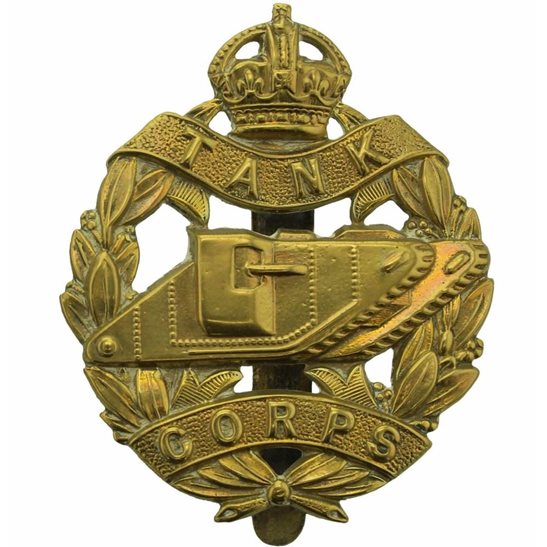Personal Details
Born: 19 January 1886 in Tilstock, Shropshire and baptised on 21 February 1886 in Tilstock Parish Church.
Family: He was the third of five children born to Edward Judson, a railway porter, and his wife Ann. He married Gladys Dyer in 1916 and was father to Eileen.
Residence: In 1886 and 1891 the family was living at Diglake, Tilstock, Whitchurch, Shropshire. By 1901 he had left school and was living at Steele Heath, Prees, Shropshire. In 1911 he was living back with his family at 6 Egerton Road, Whitchurch, but by 1915 they had moved to 1 Catteralls Lane, Whitchurch. At the time of his demobilization his address was recorded as 6 Walls Bank, Wall, Church Stretton, Shropshire.
Employment: In 1901 he was working as a domestic groom, but by 1911 he was employed as labourer at an Iron Foundry.
Died: In 1960 in Whitchurch, aged 74.
Military Details
Regiment: Tank Corps (previously Machine Gun Corps and Yorkshire Regiment)
Rank: Private
Service Number: 95208 (previously 6679)
Date of Enlistment: 30 November 1915
Date of Discharge: 5 December 1919
Reason for Discharge: Demobilisation
Other Information: In some military records his second name is listed as George. He could not be found in the 1939 Register although his wife, Gladys, was living with her mother at 4 Council Houses, Wem, Shropshire.
William was awarded the Campaign Medals (British War medal and Victory medal)

The British War Medal (also known as 'Squeak') was a silver or bronze medal awarded to officers and men of the British and Imperial Forces who either entered a theatre of war or entered service overseas between 5th August 1914 and 11th November 1918 inclusive. This was later extended to services in Russia, Siberia and some other areas in 1919 and 1920. Approximately 6.5 million British War Medals were issued. Approximately 6.4 million of these were the silver versions of this medal. Around 110,000 of a bronze version were issued mainly to Chinese, Maltese and Indian Labour Corps. The front (obv or obverse) of the medal depicts the head of George V. The recipient's service number, rank, name and unit was impressed on the rim.
The Allied Victory Medal (also known as 'Wilfred') was issued by each of the allies. It was decided that each of the allies should each issue their own bronze victory medal with a similar design, similar equivalent wording and identical ribbon. The British medal was designed by W. McMillan. The front depicts a winged classical figure representing victory. Approximately 5.7 million victory medals were issued. Interestingly, eligibility for this medal was more restrictive and not everyone who received the British War Medal ('Squeak') also received the Victory Medal ('Wilfred'). However, in general, all recipients of 'Wilfred' also received 'Squeak' and all recipients of The 1914 Star or The 1914/1915 Star (also known as 'Pip') also received both 'Squeak' and 'Wilfred'. The recipient's service number, rank, name and unit was impressed on the rim.

